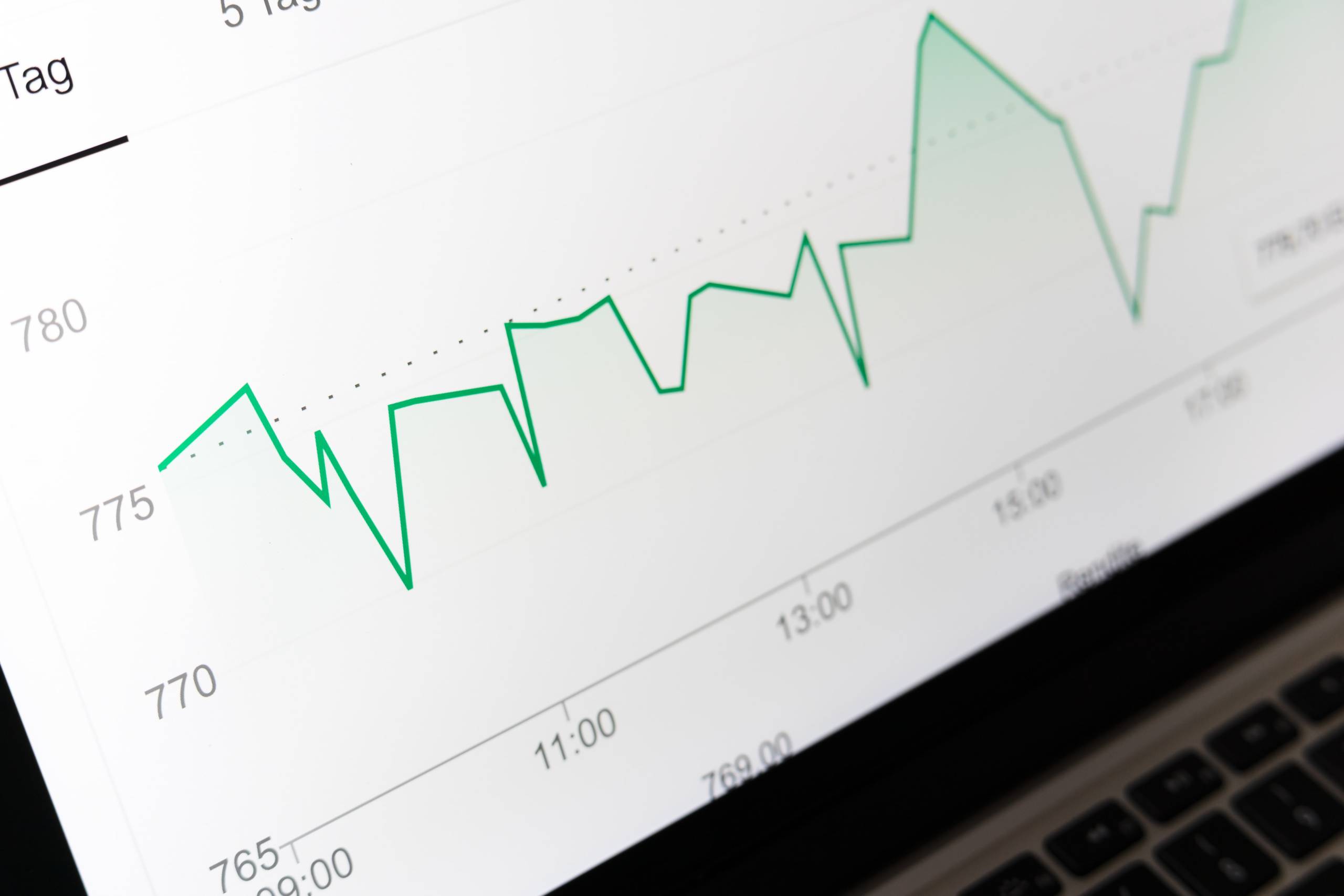Regardless of the size of your organization, as a brand manager or marketer, you’ve likely had to make some difficult choices in the face of constantly evolving consumer behaviors and elevated expectations during the pandemic. E-commerce adoption and price inflation have both grown exponentially, while supply chain issues continue to be a persistent headache for brands, negatively impacting revenues and endangering long-term growth. In this guide, we’ll explain how combining datasets can answer questions about your brand’s health and where to steer your brand strategy.
Introducing The Four S’s of Brand Strategy Measurement
Researchers and strategists intuitively seek to triangulatedata sources whenever possible because reviewing different sources of customer and business data reveals anomalies and inconsistencies that are not apparent when relying on a single set of study results. When you combine datasets, you also see opportunities to treat some measures as proxiesfor data that has historically been harder to obtain or unreliable in present market conditions.
For a holistic, real-time view of your brand strategy, tap into the 4 S’s of brand measurement: sentiment, search, social, andsales.
1. Consumer Sentiment
Brand lift measures advertising effectiveness, comparing pre-and post-ad campaign results, usually with some control markets to ensure that lift is attributable to advertising rather than external factors. If you have not run a brand lift study before, there are several ways of doing so, including a digital programmatic solution that continuously measures brand lift using A/B testing with in-market respondents. This enables the continuous optimization of campaigns to focus on brand key performance indicators.
Brand trackers measure brand-specific KPIs longitudinally. If you currently run a tracker, consider adding new questions to ongoing surveys to start tracking consumer attitudes toward issues such as price sensitivity, product availability, delivery, collection options, and any others that are applicable to your brand. If you don’t have a brand tracker, consider establishing one. If you don’t want to commit to a set cadence, many agile research solutions exist that enable data collection from statistically significant samples of consumers within a matter of hours.
2. Share of Search
In the past couple of years, measuring a brand’s share of search has emerged as a practical alternative to the long-established concept of share of voice, or SOV. Share of search as a brand measure was developed concurrently by two leading strategists in the UK, Les Binet, and James Hankins. This metric is equally accessible to brand managers, marketers, and agencies like Bigeye thanks to tools including Google Trends.
What makes share of search so useful is that it’s proven to be highly correlated with market share, valuable not only in assessing ongoing brand health but also in predicting demand. As an alternative to manually searching Google Trends for volume data on your own brand as well as your competitors, the online platform MyTelescope combines searches, news, and social media, presenting data in a user-friendly visual dashboard.
3. Social Listening
Over the past decade, social networks have emerged as places where consumers connect and chat about all aspects of their lives – including sharing (and comparing) their experiences with products and services. For marketers, social media has grown in importance as both an organic and paid channel, with the newest platform, TikTok, seeing a massive rise in popularity during the pandemic. You may already be using social listening software to cut through the noise and identify meaningful signals in the firehose of social data, but if you’re not using a listening tool already, this is as good a time as any to consider doing so.
Today’s tools typically incorporate some type of natural language processing and artificial intelligence. The value to brand marketers is that conversations taking place in social media reflect real-time perceptions and can provide a steady stream of insights around consumer sentiments toward your brand as well as the competition. This combination of qualitative and quantitative data is especially useful when triangulating data sources to reveal the “why” behind a spike in search volume, for example, as well as yielding insights unavailable elsewhere.
4. Sales Data
If you’re working with a direct-to-consumer brand, you most likely have direct access to your sales performance and revenue data. But this is not the case for everyone. Maybe you sell to distributors and rely on syndicated sales from Nielsen or IRI. Brands that are distributed to unmeasured channels – those not tracked by a third party – may experience lengthy delays between the data collection and reporting.
Where sales data is hard or impossible to obtain, an alternative source can act as a proxy. We’ve already highlighted the correlation between share of search and market share, but you may also use historic campaign lead-to-conversion ratios to predict future sales. Consumers’ purchase intent can also be measured in longitudinal brand trackers as well as in brand lift studies, voice-of-the-customer data, ad hoc consumer surveys or in omnibus studies, where several non-competing brands can ask panelists questions.
Final Thoughts
A strategy focused on delivering long-term brand growth requires a corresponding commitment to brand building. Depending on the category, the impact of long-term initiatives can take up to 24 months to appear in market share metrics. CFOs – and markets – are impatient. The reality for most of us is that we have to balance performance marketing’s focus on short-term goals with long-term brand building.
The 4 S’s framework provides an agile analytics methodology to leverage consumer insights and brand measures, balancing long-term brand strategy and short-term performance marketing tactics.

